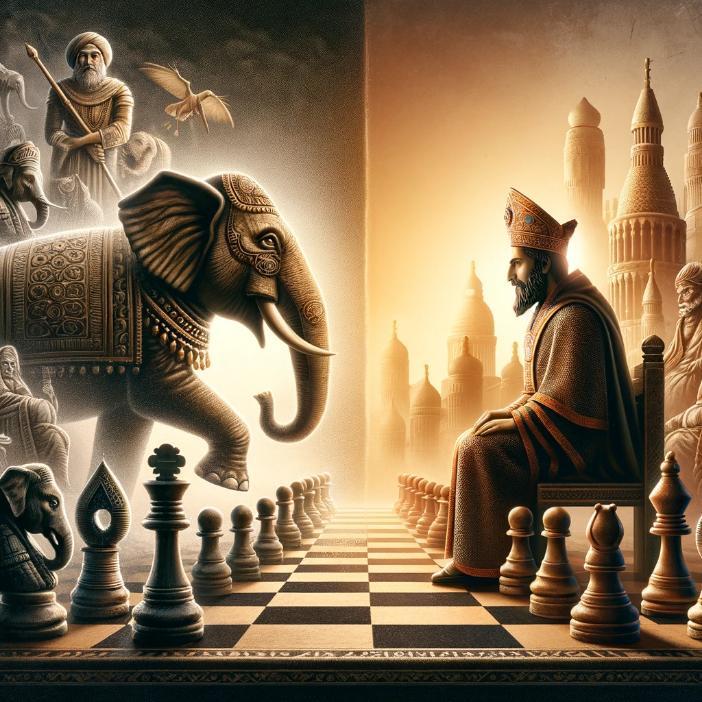In the game of chess, each move and capture is governed by rules designed to challenge the players’ strategic thinking and foresight. One of the most frequent questions beginners ask is, “Can king kill king in chess?” This query touches on the fundamental rules of the game and highlights the importance of understanding how each piece can move and capture. This article provides an exhaustive explanation of why a king cannot directly “kill” or capture the opposing king in chess.
Understanding the King’s Movement
To fully grasp why a king cannot kill another king, it’s essential to understand the rules governing the king’s movement. The king moves one square in any direction: horizontally, vertically, or diagonally. This limited range of movement makes the king a relatively slow piece compared to others, like the queen or the rook.
The Concept of Check and Checkmate
Chess revolves around the dual objectives of capturing the opposing king (checkmate) while safeguarding one’s own. “Check” is a condition where the king is under threat of capture on the next move, and the player must respond by moving the king to safety, capturing the threatening piece, or placing another piece between the king and the threat. “Checkmate” occurs when the king is in check and cannot escape capture, effectively ending the game.
Why Kings Cannot Capture Each Other
Here are the key reasons why a king cannot capture another king in chess:
- The Rule of One Square Distance: Chess rules dictate that kings must always maintain at least one square of distance between them. This rule prevents either king from moving into a position to directly capture the other.
- Illegal Move Prevention: Moving one’s king into a square adjacent to the opposing king would place one’s own king in check, which is an illegal move in chess. A player cannot make a move that places or leaves their king in check.
- The Game’s Objective: The primary goal in chess is to checkmate the opposing king, not to capture it directly. Checkmate implies trapping the king in a position from which it cannot escape threat. Direct capture is not a consideration in the game’s rules.
Strategic Implications
Understanding that a king cannot kill another king reinforces the importance of using other pieces strategically to achieve checkmate. It also highlights the value of positioning one’s king carefully, especially in the endgame when the number of pieces on the board has diminished, and the kings become more active.
The Role of Other Pieces
In chess, coordinating your pieces to control key squares and create threats against the opposing king is crucial. Other pieces, such as queens, rooks, bishops, and knights, play a vital role in executing strategies that lead to checkmate.
The Endgame
In endgame scenarios, the kings become more active and can play a pivotal role in supporting pawn promotion or creating checkmate patterns. However, even in these situations, the rule that prevents kings from capturing each other remains in effect, emphasizing strategic placement and support from remaining pieces.
Conclusion
In summary, a king cannot kill or capture another king in chess due to the game’s rules designed to prevent such an action. This rule ensures that the game’s objective remains focused on strategy, positioning, and tactical plays involving all pieces on the board rather than direct aggression between the two kings. Understanding this fundamental aspect of chess rules enriches one’s appreciation of the game’s complexity and the depth of strategy required to achieve victory.







